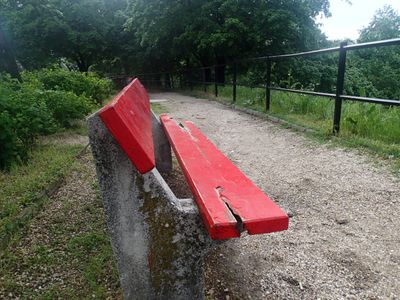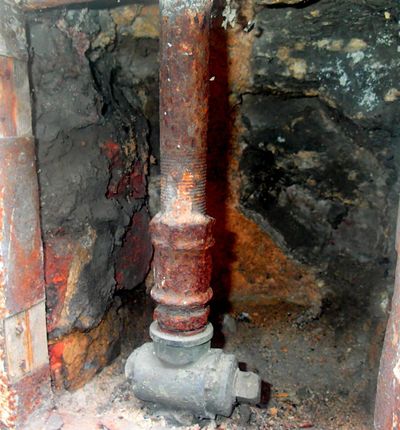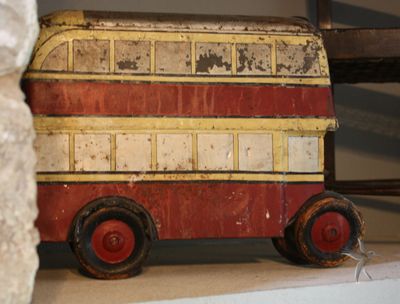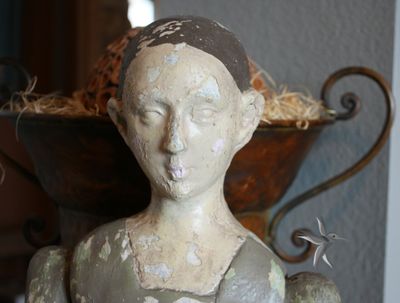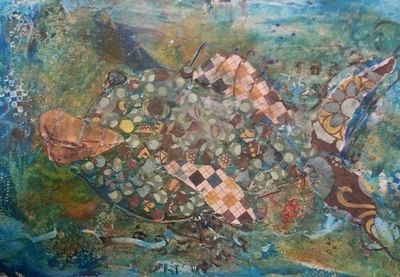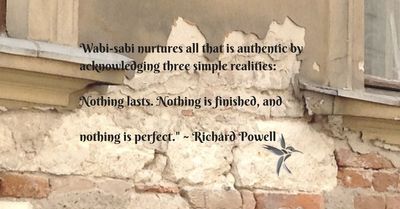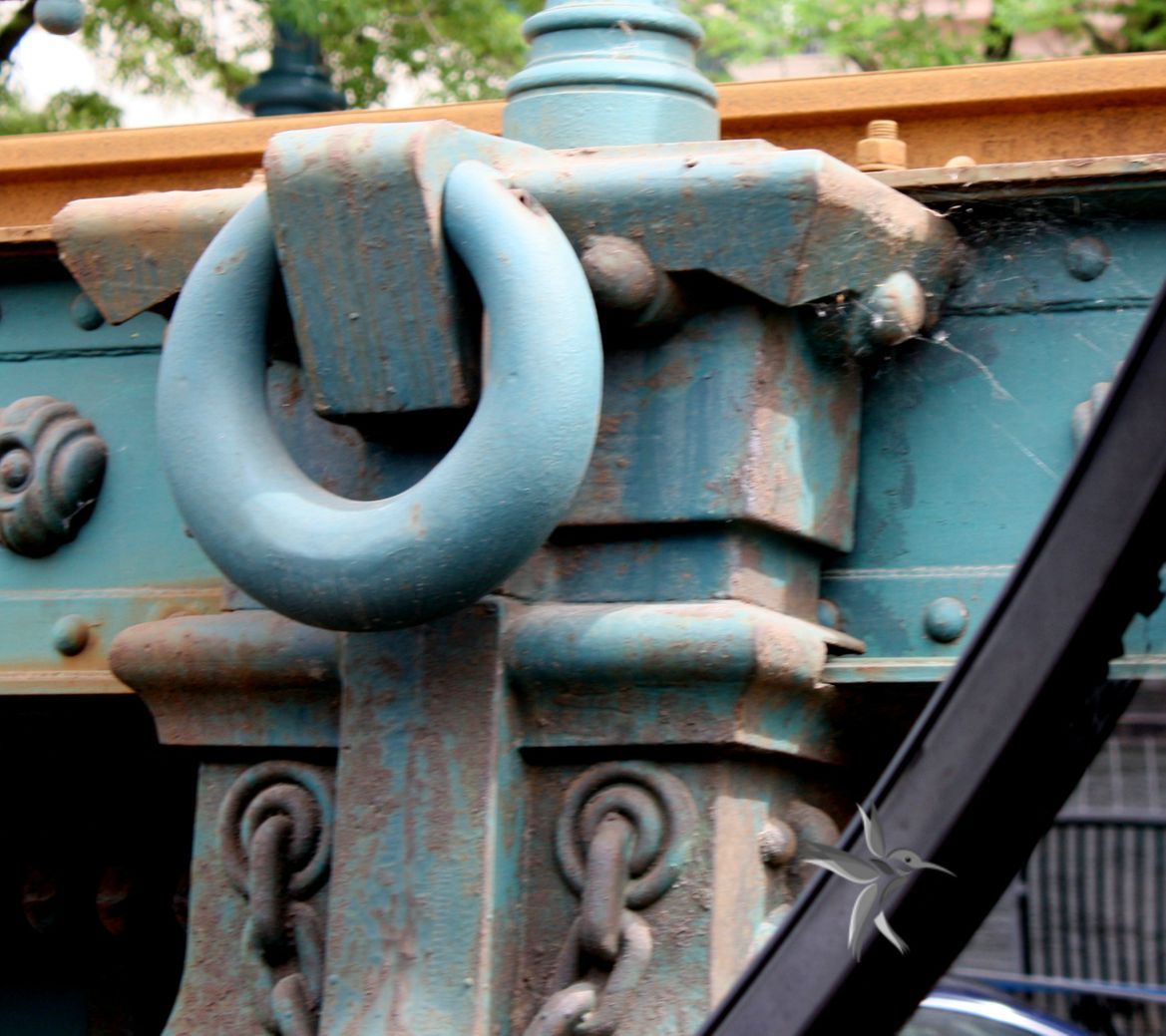Not too long ago I read a blogpost of one of my fellow Color Enthusiasts and amazing Interior Designer, Eugi Triandos and I was intrigued by the term Wabi Sabi. For some reason, I haven’t heard of this before! I immediately recognized it for what it was and I knew that I have always loved imperfect objects and got many Color and Décor Inspirations from it, without giving it a name. I always take pictures of rust or peeling paint or tree bark, ruins etc. For example, the picture below was taken in Budapest, while visiting the city, to use it for future color inspiration.
The term Wabi Sabi is of Japanese descent. The Japanese believe that if something has suffered damage and has a history, it becomes more beautiful. WABI refers to rustic simplicity, freshness or quietness, and can be applied to both natural and human-made objects, or understated elegance. It can also refer to quirks and anomalies arising from the process of construction, which add uniqueness and elegance to the object. SABI is beauty or serenity that comes with age, when the life of the object and its impermanence are evidenced in its patina wear, or in any visible repairs.
Since I’m not a matchy-match person, my own house was actually full of Wabi- Sabi objects. They each have a story to tell. My secret passion is vintage Teddy Bears, but that’s another story for another day. This is my Santos Doll with her quiet, undeclared beauty and although I am not Catholic, I believe she keeps a watchful eye on us.
Below is a double decker bus that my husband’s grandfather made for his dad when he was just a boy. It has had better days, yes, but it has a story to tell of many hours of joyful play. Justin has kept it through all these years and we decided to leave it untouched instead of trying to renovate it and we display it as an object of love, sentiment and family history. Yes, it’s part of my accessories. I bet you also have some sentimental accessories somewhere in your house, right?
Wabi Sabi is about accepting and acknolwdeging the natural cycle of growth, decay, and death. The typical color palette of wasabi is drawn from browns, blacks, grays, earthy greens, and rusts, but of course there are no rules when it comes to art. In my search for more Wabi-Sabi examples, I came upon a Wabi-Sabi Artist – Serena Barton. Looking through all the art her students created, it’s quite evident that the use of many colors are acceptable and it doesn’t have to stay within the earthy color range. Art created by using 3D objects, wax, layers of textures, unexpected objects…How inspiring!
Picture used with permission from artist
I couldn’t resist taking this picture of an old rusty pipe that I saw in the streets of Budapest, that has been part of history for centuries! I thought it was beautiful in all it’s imperfections! Great for vibrant Color inspiration! Warm oranges, browns , corals, several shades of green gray and a touch of white to balance it all!
Wabi-Sabi is everywhere, it’s a part of our life, our stories and our history. Next time you sit down on that weathered bench, daydreaming while sipping on your coffee, take a minute to appreciate the incredible beauty of imperfection that surrounds us. Nothing about nature is linear or symmetrical or impervious to decay. Embrace the beauty.
Do you have Wabi-Sabi objects in your home? Please share with us. There is always a story to tell!
